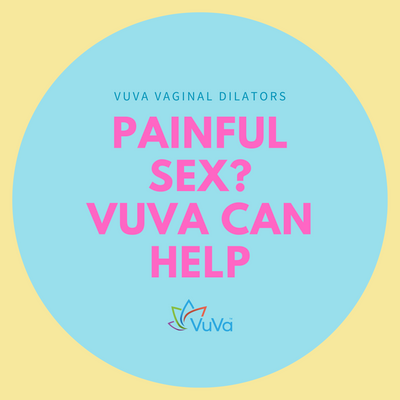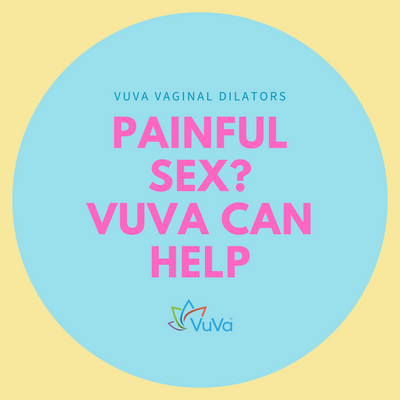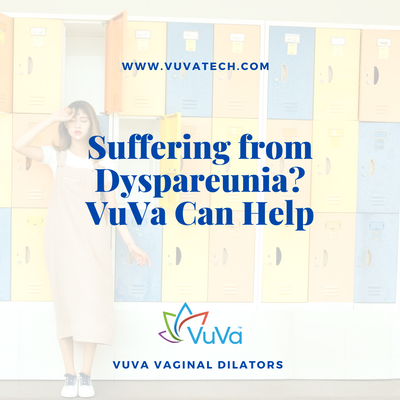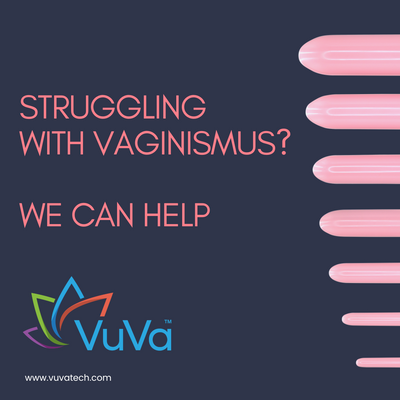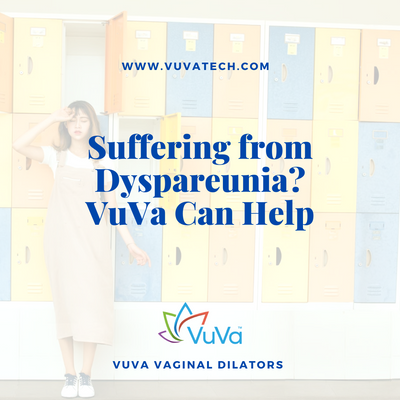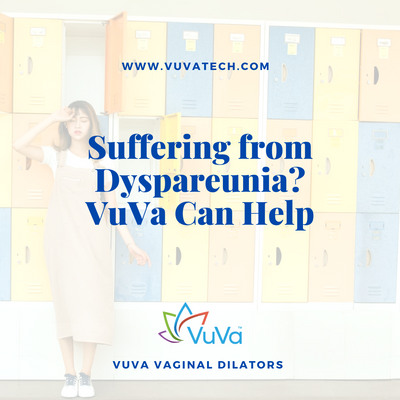
| Tara Langdale
Vulvodynia Symptoms, Causes & Treatment
Do I have Vulvodynia?
It’s common for women with vulvodynia to suffer in silence. When they do speak up, women use words like burning, stinging, itching, and stabbing. The National Vulvodynia Association (1) reported the sensation as “having acid poured on my skin.”
In a paper published in the International Journal of Women’s Health (2), chronic vulvar pain affects up to 16% of all women in the United States, and 8% experience vulvodynia for their entire lifetime. The severe condition takes a toll on relationships, produces anxiety and depression, and significantly lowers the quality of life for women who suffer. The good news is that vaginal pain treatment options are available.
What is vulvodynia?
Vulvodynia is severe pain in the vulvar area of the body with no identifiable cause. The vulva is the sensitive area in the woman's body that includes the nerve endings and vaginal tissue around the entrance to the vagina. The vulva also encompasses the labia majora (outer folds of skin) and labia minora (inner folds of skin).
It includes the vulvar tissue leading to the vestibule, an inner fold, or space before the vaginal entrance. Another important anatomy of the vulvar is the clitoris. The clitoris is at the anterior end (top) of the vulva and helps stimulate sexual pleasure.
Vulva pain affects women from all backgrounds, ethnicities, and ages. The most common age for women to report vulvar pain is between 20 to 40 years of age. The severity of the chronic pain reported ranges from burning to severe unbearable pain. In a study of 1,900 women, vulvodynia was linked to other pain syndromes, including interstitial cystitis, fibromyalgia, and irritable bowel syndrome
Vulvodynia is further classified into two types: localized vulvodynia and generalized vulvodynia.
Localized vulvodynia
Localized vulvodynia (3) is when the pain occurs in one vulvar spot. It's the most common form of vulvodynia. When the pain occurs around the vaginal opening, it becomes vestibulodynia (previously known as vulvar vestibulitis syndrome (VVS)).
Most women suffering with localized vulvodynia have Provoked Vestibulodynia (PVD). PVD happens from applied pressure to the vestibule. For example, sexual activity, inserting a tampon, pelvic exam, horseback riding, wearing tight clothing, and sitting for long periods.
PVD also has two further classifications: primary vulvodynia and secondary vulvodynia.
Primary vulvodynia:
If you've had localized pain in the vestibule since your first sexual experience, tampon insertion, or any pressure in the vagina, then it's primary vulvodynia.
Secondary vulvodynia:
It occurs when the unexplained pain happens after you've had pain free intercourse, tampon insertion, or any applied pressure or touch to the vulvar.
Generalized vulvodynia
Generalized vulvodynia is chronic or irregular pain throughout the vulvar area. The pain may affect different parts of the vulvar such as the vestibule, labia majora, labia minora, and clitoris. In some cases, the pain may spread to the perineum (the space between the vagina and anus) and inner thighs.
Symptoms of vulvodynia
Women with vulvodynia experience many different kinds of symptoms, but the main one is a pain in the vulvar skin. Women describe the pain as the following:
- Stinging
- Rawness
- Burning
- Tenderness
- Dyspareunia or painful intercourse
- Itching
-
Muscle spasms or throbbing
The vulvar pain may be intermittent or ongoing and highly individualized. Or only occur when touched during sexual intercourse or a pelvic exam. The vulvodynia symptoms may arise in one spot (localized) or spread throughout the vulvar (generalized). Examining the vulvar tissue may reveal it to be swollen and inflamed, but can also appear normal.
Causes of vulvodynia
The American Family of Physicians (4) says vulvodynia may begin suddenly and continue for many years. The cause of vulvodynia is unclear. For most women, the reason is never identified and may be the result of different factors. There's no evidence that sexually transmitted diseases cause vulvodynia. Here are possible causes of vulvar pain.
- Previous vaginal infections
- Hormonal changes, such as menopause
- Sensitive or inflamed vulva skin
- Damage to the vulvar area
- Specific genetic disorders
- Environmental irritants and allergies
- Pelvic floor muscle spasm or weakness
Vulvodynia diagnosis
The process of a vulvodynia diagnosis (5) begins with meeting with your doctor or gynecologist. Your health care professional will get a detailed health report covering your sexual, medical, and surgical history. It’s important the location and type of pain you’re experiencing.
After answering the detailed questions, you'll undergo a gynecological exam. During the exam, your doctor will use a cotton swab to check for where you're experiencing pain. Other tests might include checking for a vaginal or yeast infection, even if the vulvar shows no sign of this being the case. After being diagnosed with vulvodynia, you can discuss a treatment plan to relieve the pain.
Treatment of vulvodynia
Vulvodynia treatment focuses on reducing pain. Every woman is different and needs to try different treatment options for reducing pain associated with vulvodynia. Treatment options may include medications, such as steroids or tricyclic antidepressants. Some women seek sex therapy or biofeedback therapy. But a lot of women find relief with vaginal dilation.
Vaginal Dilation
Vaginal dilation uses vaginal dilators to release tension in the pelvic floor safely. Pelvic floor therapy with dilators helps relax the muscles and tissues that cause vulvodynia pain. Vaginal dilators are tube-shaped devices and come in various sizes. You have the choice between dilators made with neodymium magnets,smooth dilators, and ones made of silicone. All help improve women’s health and are safe and effective for easing vulvodynia symptoms.
In a clinical trial, conducted by Physician Care Clinical Research, 80% of participants had decreased vaginal pain when using dilation therapy. All women in the study reported reduced anxiety linked to vulvodynia and significant improvements in sexual health.
When using vaginal dilators to treat vulvodynia, you should use them regularly to stretch and relax the vulva. You should also start with the smallest dilator and increase the size as your vagina relaxes.
When you're suffering from vulvodynia, it may seem hopeless. One answer is vaginal dilation. Ask your medical professional about how VuVa™ dilators can help you overcome the pain associated with vulvodynia. Begin your healing today with vaginal dilation.
- https://www.nva.org/media-center/
- https://www.ncbi.nlm.nih.gov/pmc/articles/PMC4014358/
- https://www.racgp.org.au/afp/2015/july/localised-provoked-vestibulodynia-(vulvodynia)-assessment-and-management/
- https://www.aafp.org/afp/1999/0315/p1561.html
- https://www.researchgate.net/publication/7157544_Vulvodynia_Diagnosis_and_management
Other VuVa Helpful Links:
7 Reasons for a Tight Vagina and How to Loosen
How to Relax Vaginal Muscles, Vaginismus & Sex
Vaginal Stretching - Keeping in Shape with Dilators
Do Dilators Really Work? Yes, and They can Improve Your Sex Life!
Shop for VuVa Vaginal Dilators



